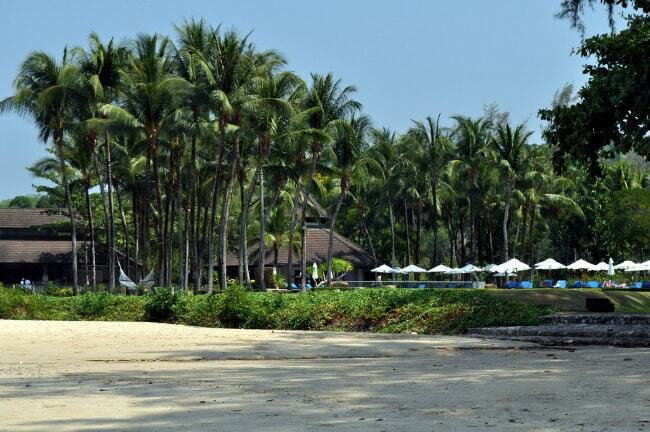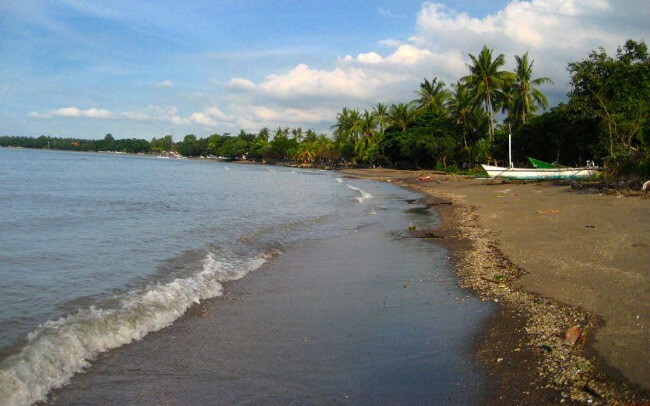In the winter, ice roofs and appearance of ice build-up on the eaves is a serious problem. Significant increase snow load on the roof structure may cause damage to the roof or to its collapse. At the edges of the eaves formed icicles that the fall is a major threat to pedestrians and cars parked to the buildings. In winter, drainage systems for drainage of melt and rain water, after alternate thawing during and subsequent freeze-thaw during frost, ice clogged so that the normal operation becomes impossible. To solve these problems, apply innovative heating technology drainpipes and gutters electric Self-regulating cable, which is due to the automatic mode of operation greatly facilitates winter care drains

winter heating technology work
The operating principle of this technology is based on heating the gutters and downpipes a heating electrical cable, It is installed in the roof structure of the outlet pipe, chute, hopper and other public places ice and snow. The heating cable is equipped with an automatic thermostat, allocates the necessary amount of heat that can cause the melting of ice and snow.
heating system gutter "without icicles" performs the following functions:
- It prevents ice and prevents the formation of ice crust.
- It creates conditions for the normal drainage of melting ice and snow on the eaves and gutters.
- Eliminates the threat of clogging the pipes of ice jam and failure of the pipe drains.
- It eliminates the threat of danger of falling ice and "icicles."
- Increases the service life of the gutter life.
In addition, warm-complex works fully automatically and does not require manual control.

The concept of self-regulating cables
Among all kinds of special cable products used for heating of roofing and drainage pipes wall troughs, the most effective protection against icing provides a self-regulating electric the wire. According to its structural framework it represents two current-carrying conductors are connected with the special semiconductor matrix photopolymeric with internal insulation, braided wire, or foil, and the outer plastic insulation. Two insulating layers provide maximum resistance to mechanical shock external loads and contribute to the increase of the dielectric strength. The basic elements wire is self-regulating semiconductor matrix, which can convert electrical energy into a thermal energy. Depending on the lowering or raising of the winter temperature conditions, there is a change in electrical resistance wire begins thermal heating wire sufficient to defrost the gutter and the drainage pipe. Here is the use of self-regulation effect is the basis of the principle of the heating cable.
Self-regulating cable automatically adjusts the power consumption of electrical energy and regulates the heating temperature.

The main advantages of the heating cable
Electric self-regulating cable stands out from its "brothers" due to the following advantages:
- Economy.
- Low power consumption.
- Reliability and durability.
- No risk of overheating and burnout.
- Easy installation.
- The cable can be cut to the desired length directly on site.
Cable system de-icing gutters can be easily mounted, it has an automatic control unit and does not require disassembly during summer
Disadvantages of heating cable:
- Defrost drainpipes at low winter temperatures requires sufficiently high values of starting electric current.
- Long warm-up period.
- High price.

Heating of drainpipes and gutters self-regulating cable
In order to melt the ice sheet, already gutter heating wire disposed in the pipe structure and the funnels themselves, place the main formation of ice. There are several features of the self-regulating lining wire:
- If the diameter of the drain is not more than 100 mm, the cable is laid in a single thread.
- For heating gutters diameter from 100mm to 300mm will require two wires laying threads.
- At the entrance to the drain structure, effect a locking cable steel braces.
- The upper and lower part of the drain needs to be enhanced heating. Therefore it is recommended to lay a few extra turns of wire in a spiral or cable is laid in the form of "dripping" loop.
- In the case where the gutter length is greater than 3 meters, a cable secured durable fastening elements in the form of a metal chain, a cable fixed to the wooden roof elements.
Power self-regulating cable is selected depending on the diameter of the gutter.

Video example of the winter heating device drains:
The procedure for calculating the power of the heating system
If the owner of a private house sick of manually engage cleaning ice from the roof and gutters, and he decided to the installation of a heating system, the first step on the way to the goal will be the development of the project heating. In fact, the selection of cables and calculation of the required power by specialists, who have each solid trading organization. Unfortunately, sometimes there are not too conscientious providers who are interested in the sale complex expensive antifreeze and therefore rely completely on the seller honesty is not worth. For this reason, you should familiarize yourself with the general rules of calculation and design:
- Drawing up the plan of laying the heating cable. When insulated pitched roof with a slight incline wire arranged along the perimeter and in rainwater.
- On the flat roofs of the cable is laid in areas adjoining to the drain gutters.
- Roofs with a large angle requires a slightly different scheme installation. The cable is laid in a zigzag manner between the edge of the roof structure and snow holder.
- At the junction of the roof to the wall and to the valleys of the bi roofs formed a kind of pocket, which is constantly formed frost. In these places, the heating cable is laid in height by a distance equal to 2/3 of the long side of the valley. The contact points between the roof and the walls, the heating wire is laid in a loop length of 10 - 15 cm at a distance of 5 to 8 cm, without leading up to the wall structure.
- If it is necessary to heat a roof with a steep slope and without an organized drainage, heating cable putting "dripping" loop. In this case, it provides a loop of cable assembly so that the melt water drops dripping from it directly to the ground. Element dripping loop increases the expense of cable products to 50 - 80 mm.
- The trough width to 150 mm is laid a heating cable in a single strand and a gin dripping give birth to 300 - 400 mm in the rainwater gutter.
As mentioned above, the best option is considered to be self-regulating heating cable cord. Since this kind of cable products more expensive and its price ranges from 240 to 660 rubles per 1 meter, it It can be used for heating only gutters and roof construction to equip cheaper than air heating wires.

In the next step you need to determine the owner of a maintenance area where you want to install the mounting box. Most often they are installed on the roof next to the cable heating or somewhere under the hinged visor or on embankments.
The calculation of the electrical power of the heating system
The next step in the calculation of the "system without icicles" is the definition of the chase and the total power consumption. There is a table of values indicative values of the power of different types of roofs:
| Trough 150 mm | thermal insulation | 30 - 60 W / m |
| warm roof | 100 W / m | |
| Trough 150 mm | Regardless of the type of roofing | 200 W / m |
| eave | thermal insulation | To 150 W / m |
| warm roof | From 200 to 250 W / m | |
| the valley | 250 - 300 W / m | |
| Flat roofs in place abutting the parapet | 40 - 80 W / m |
Drains of plastic fitted with a heating cable with a total capacity of not more than 17 W / m, and for roofs with a soft covering power of 20 W / m is considered the maximum permissible.
After determining the estimated power calculated heating wire required and the number of its length cable threads, knowing that the maximum length of one chain should not exceed 120 - 150 meters. Each chain connected his UZ0.
At the final stage of the selected control panel just heating the complex.

Maintenance
For normal operation of the laid heating cable is self-regulating, it is necessary the timely execution of the following preventive measures:
- Once a year, before the winter season to visually inspect the surface of the cable for mechanical damage.
- Before operating in the cold season is necessary to make cleaning of rainwater gutters and funnels of leaves, twigs and other debris.
- Run by the magnitude of resistance of the insulating layer.
- Before the cold weather set up automatic temperature control operation.
- Check RCD.

Using Gutter heating cable heating technology saves a lot of time owner of the house to clean the ice, eliminates the possibility of personal injury due to falling ice icicles. Therefore, the cost of purchase and installation of all of this complex in the winter will be quite justified. Of course, equipment drains heated - this is a serious project and for best results, it is desirable to operate part to make installation of experienced professionals.



